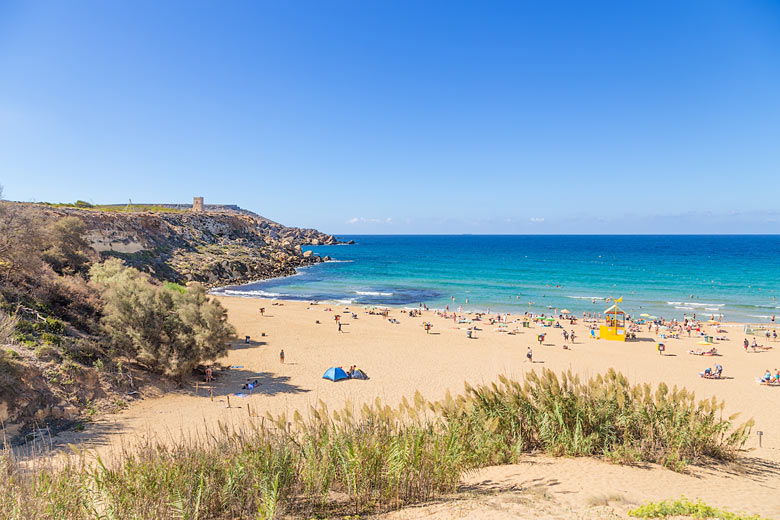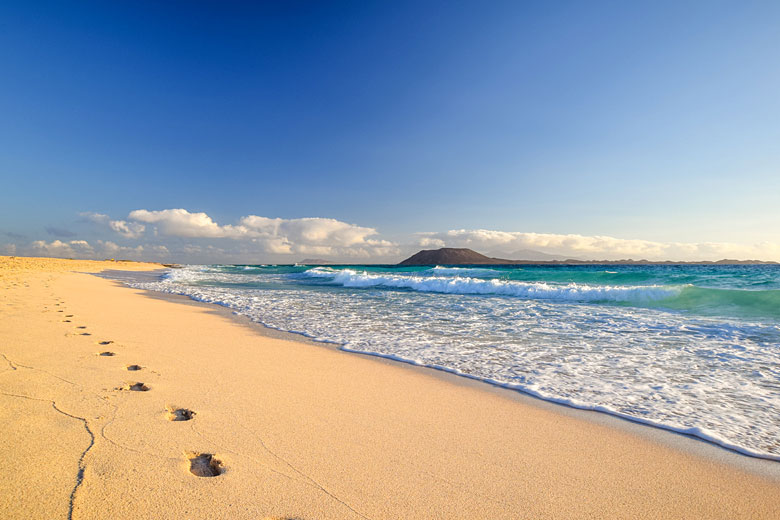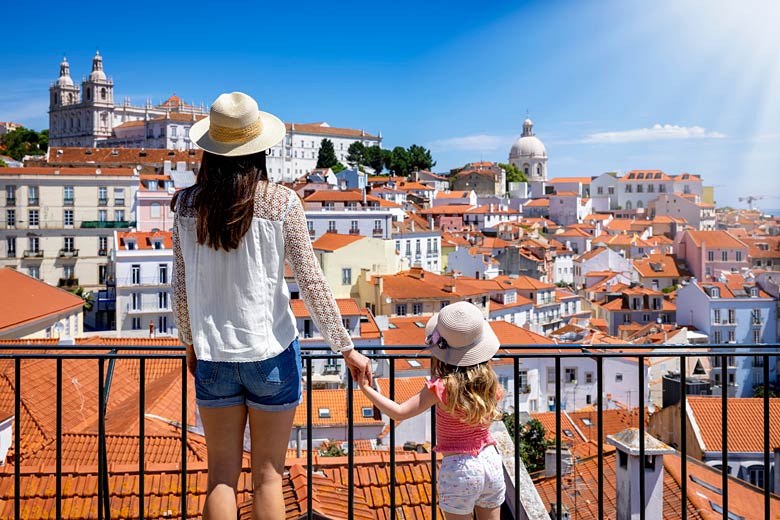8 secret sights in Istria, Croatia
The largest peninsula in the Adriatic has been squabbled over for centuries. For good reason, as Romans, Austrians and Venetians came for the wonderful weather and stayed on for the food.
The legacy of ancient amphitheatres, Habsburg hotels and more Prosecco than an Italian piazza café can be found along Istria's 400 km coastline. Mix in bike paths, nature islands and a hinterland infused with truffles, and you have a cocktail for sunny success.
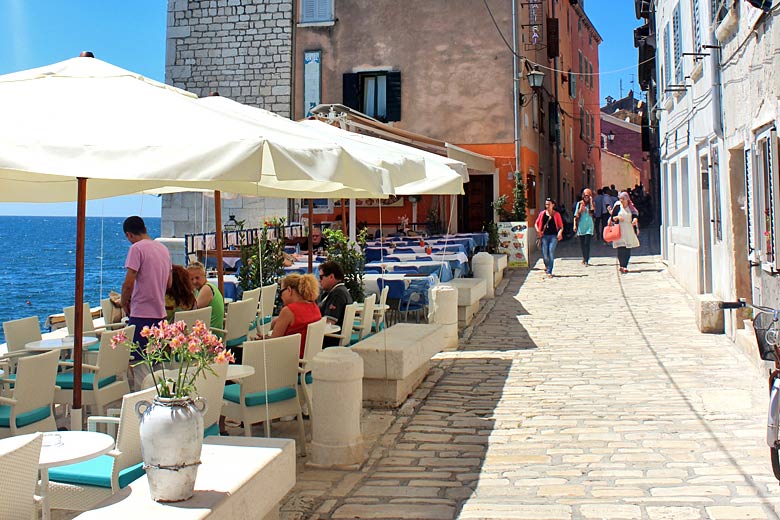
This part of northern Croatia isn't talked about as much as the busy southern destinations of Dubrovnik, Split, Hvar, and the like, however, as you will see, there is so much to discover in this idyllic part of the country.
It's also incredibly easy to get to and affordable thanks to the likes of TUI, which offers holidays* to select seaside towns across the region. Read more to bag eight top tips and secure the peninsula's finest for yourself.
1. Elephants on the golf course
The Brijuni Islands make up Istria's weirdest National Park. Former President Joseph Tito used the archipelago as an elite retreat to welcome over 100 global leaders.
Strangest of all, most potentates packed a living, breathing present for President Tito, including Indira Gandhi who gifted two elephants, and Zambia's Kenneth Kaunda who brought a herd of antelope.
The 14 islands are now open to the public. They can be crisscrossed by mountain bike or traversed by kayak. Just holler to the camels to move off the golf course - Croatia's first - before you tee off on Tito's links.
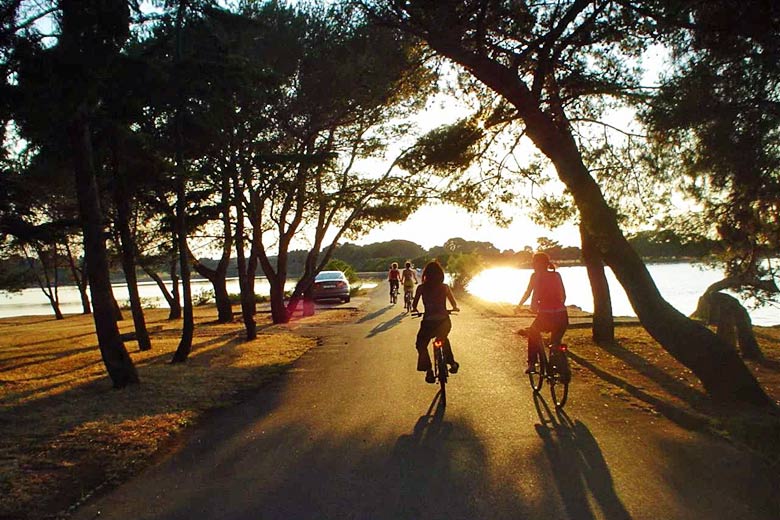
2. Wine, wine, and more wine
Praise be the Association of Istria Winemakers. Back in socialist times, the region's sublime Malvasia grapes were poured into co-operative vats to make table wine. Since the 1990s, a rediscovery of Malvasia and fiery red grape Teran has led to a global appreciation of Istria's sun-drenched climate and limestone terroir.
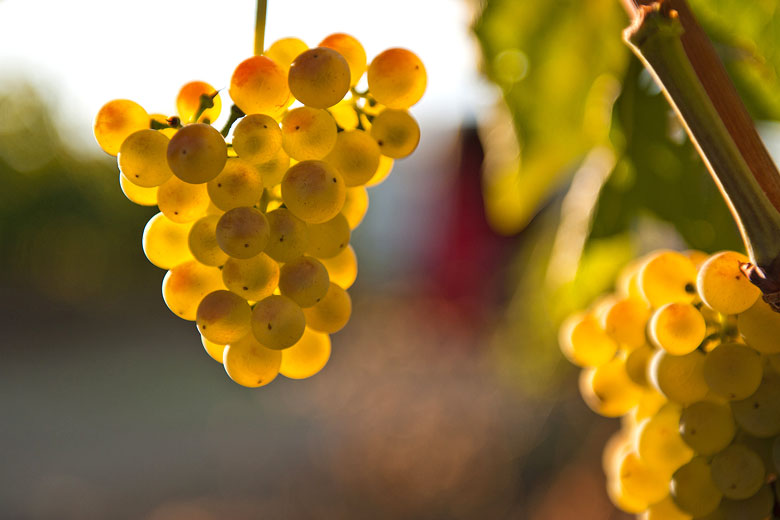
Over 1,000 boutique wineries (look out for hand-painted signs that say 'vino here') offer vintages from €2 a pop, or allow you to decant your own iced Chardonnay for €1 a litre.
Best of all is Istria's Open Cellars Day in late May. Here hundreds of petite winemakers throw open their wineries to offer tastings of rare vintages, local nibbles and rounds of Prosciutto ham.
3. Look around the lighthouses
The 3,000 km2 Istrian peninsula is guarded by nine majestic lighthouses. Uniquely, the country's thousand-island coastline is still guarded by physical lighthouse keepers, who live by the sea year-round to direct passing yachts, ships, and passenger ferries around the shore.
Some, like Marlera and Crna Punta, are sited on isolated stretches of coast allowing casual visitors to drop by. The local diving is always immense. Others, like the Lighthouse of St. John's in the Rovinj archipelago, can be kayaked around on an organised tour.
4. Architecture from Venice to Vienna
In the past century alone Istria has been under the suzerainty of five separate nations. The stroll from Pula's rococo rail station to the Roman Temple of Augustus takes in grand hotels that date from Austro-Hungarian times.
Towns like Poreč and Rovinj along Istria's Italian-facing coastline are mini versions of Venice, with red tiled roofs and a gelateria in every piazza. You can get by in Italian, with most locals conversant in German and English too.
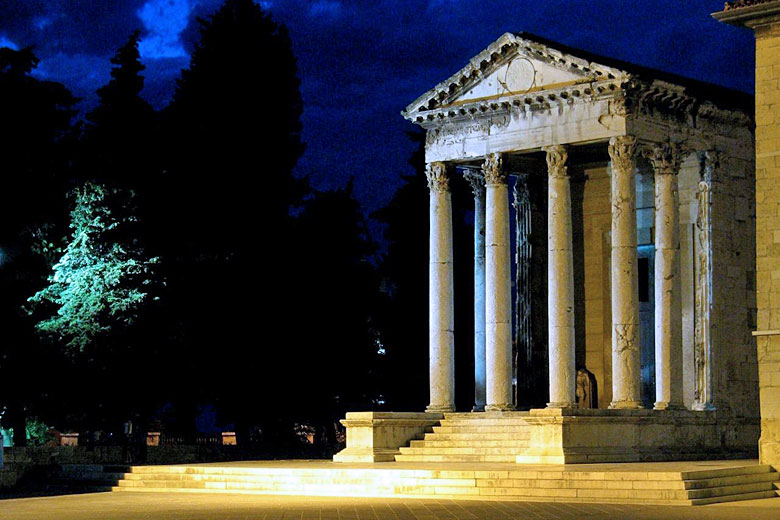
5. Truffles for peanuts
Istria is home to the second-largest white truffle ever found: a 1.3kg monster with a street value of €15,000 at current prices. The central Motovun region may be reminiscent of Tuscany - think undulating hills and Italian-accented stews - but truffles here cost a quarter of what they sell for elsewhere in Europe.
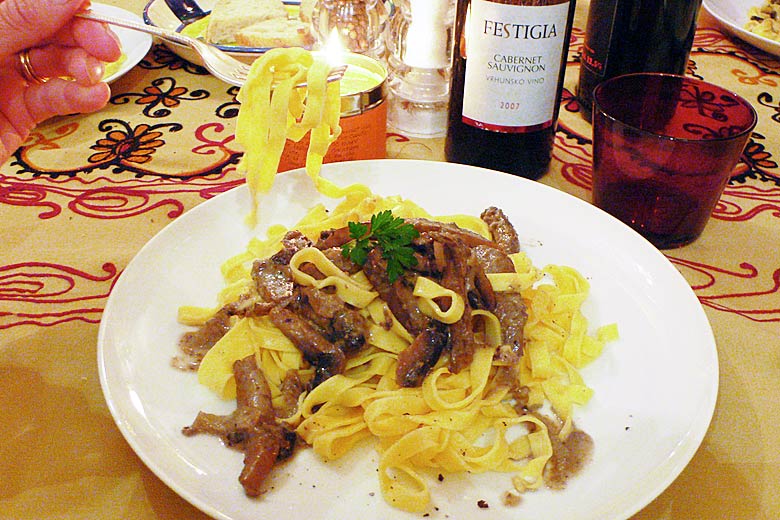
Truffle hunting tours with a trusty labrador in tow end in transcendent feasts of perfumed pasta, pâté and pizza. Stop by the medieval main settlement of Motovun in September when locals compete to find the biggest truffles in town during the annual TeTa Wine and Truffle Festival.
6. It has an amphitheatre to rival Rome
Istria is less than 30 km from Italy. Two millennia ago Julius Caesar built up the province's capital of Pula to 30,000 people, half the population of today.
Cobbled streets and handsome columns date from Roman times, as does the massive amphitheatre that's nearly as big as the Colosseum in Rome. Pula's most alluring sight once welcomed gladiators and wild animals, including lions and crocodiles.
Now the 5,000 spectators can catch summer concerts from the likes of Tom Jones, Sting and Manu Chao.
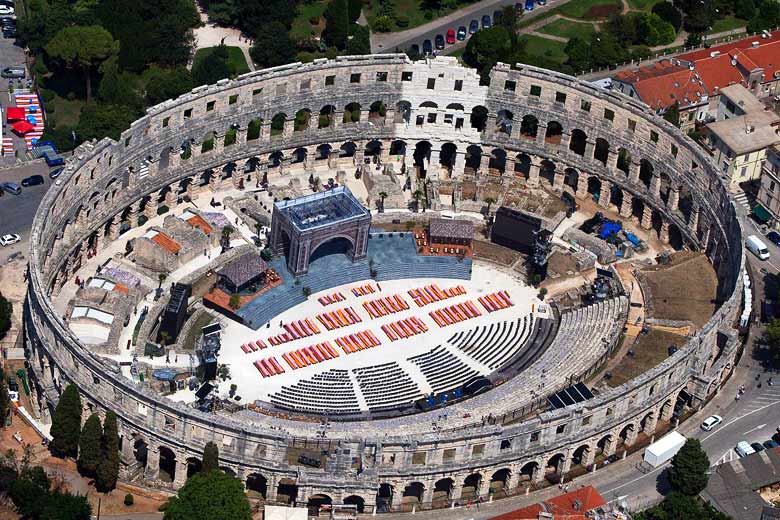
7. Dine in a Konoba
The word konoba originates from the Roman term canapa to describe a place for storing foodie supplies. Over the centuries the term has come to mean a culinary emporium with a rough-and-ready restaurant on the ground floor, serving anything from preserved tuna to stuffed squid to lamb baked in almond and prunes.
Until recent decades fishermen could even bring their own catch and demand it be seared on the communal grill with a pint of wine alongside. Konobas are still the most authentic - not to mention least expensive - venue for a blowout Istrian feast.
8. You can day trip to Venice
In Venice, a bottle of water costs €6. And don't even mention hotel prices. Fortunately, all summer long shuttle boats putter from the Istrian ports of Poreč, Rovinj, Umag and Pula into the heart of La Serenissima.
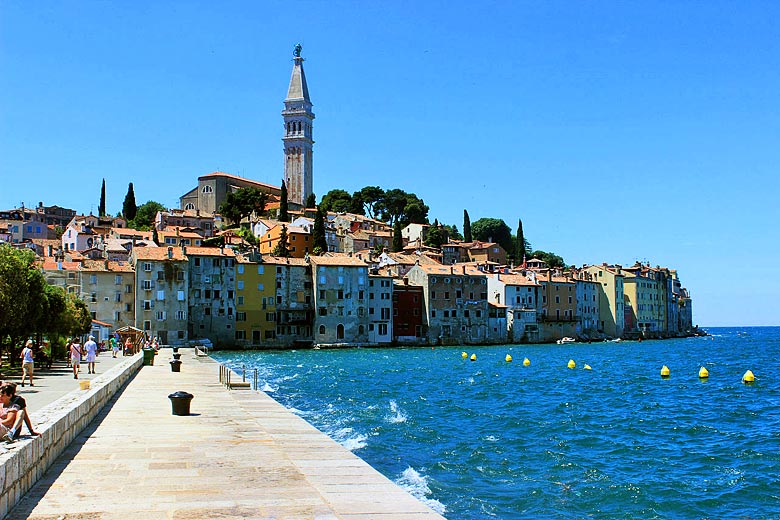
The two-hour cruise allows passengers to Instagram the Most Serene Republic's 118 islands while topping up their tan. After six hours in the land of pasta and Prosecco, the return trip deposits guests in Istria in time for goulash and panceta. Bank on €60 for the return trip.
Weather in Istria
| Jan | Feb | Mar | Apr | May | Jun | Jul | Aug | Sep | Oct | Nov | Dec | |
|---|---|---|---|---|---|---|---|---|---|---|---|---|
| Maximum daytime temperature °C |  8 8 |
 10 10 |
 13 13 |
 17 17 |
 21 21 |
 25 25 |
 28 28 |
 28 28 |
 24 24 |
 19 19 |
 13 13 |
 10 10 |
| Hours of sunshine (daily) | ||||||||||||
| Days with some rainfall |  12 12 |
 11 11 |
 12 12 |
 13 13 |
 14 14 |
 14 14 |
 10 10 |
 11 11 |
 11 11 |
 12 12 |
 13 13 |
 12 12 |
| Sea temperature °C |  11 11 |
 10 10 |
 10 10 |
 12 12 |
 18 18 |
 22 22 |
 25 25 |
 25 25 |
 23 23 |
 19 19 |
 16 16 |
 13 13 |
The Istrian Riviera has so much to offer holidaymakers after more than simple sun, sea, and sand - although it has those too. Whether you come for the winery open days, to go truffle hunting or to admire the diverse ancient architecture, Istria will not disappoint.
Check out the latest offers from TUI on holidays to Istria this summer, which depart from airports all over the UK. You can also find out more about the weather in destinations across Istria.
More about Croatia
- Overview
- Best time to visit
- Weather by month
- 5-day weather forecast
- Destinations
- Travel advice
- Deals & discounts
Croatia by month
Jan Feb Mar Apr May Jun Jul Aug Sep Oct Nov Dec
Explore holidays in the sun for less
- Beach holidays
- Family holidays
- City breaks
- Summer holidays
- Winter sun holidays
- Holiday offers
- Top travel brands
- Airlines & flights
- Discount hotels
- Airport parking deals
- TUI
- Jet2holidays
- easyJet holidays
- Love Holidays
- January sales
Airport parking
- Manchester Airport
- Stansted Airport
- Bristol Airport
- Luton Airport
- Birmingham Airport
- Edinburgh Airport
- Gatwick Airport
- Glasgow Airport
- Newcastle Airport
Airport lounges
- Manchester Airport
- Birmingham Airport
- Bristol Airport
- Edinburgh Airport
- Glasgow Airport
- Heathrow Airport
- Newcastle Airport
- Stansted Airport
- Gatwick Airport
Be inspired
Get your weekly fix of holiday inspiration from some of the world's best travel writers plus save on your next trip with the latest exclusive offers
We promise not to share your details



















